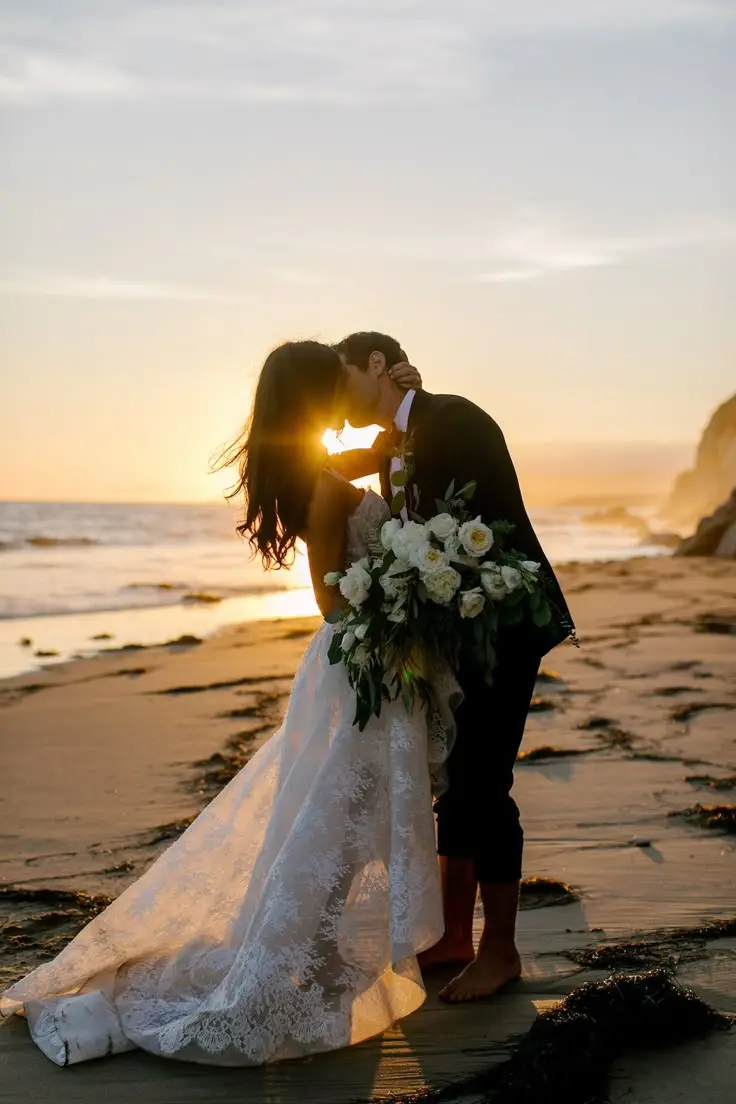Sri Lanka’s coastline gives you a built-in backdrop: soft sand, warm sunsets, and the sound of waves that never need rehearsals. If you’re imagining vows by the ocean, this guide keeps it simple and practical while still romantic enough for your scrapbook.
Why a beach wedding works
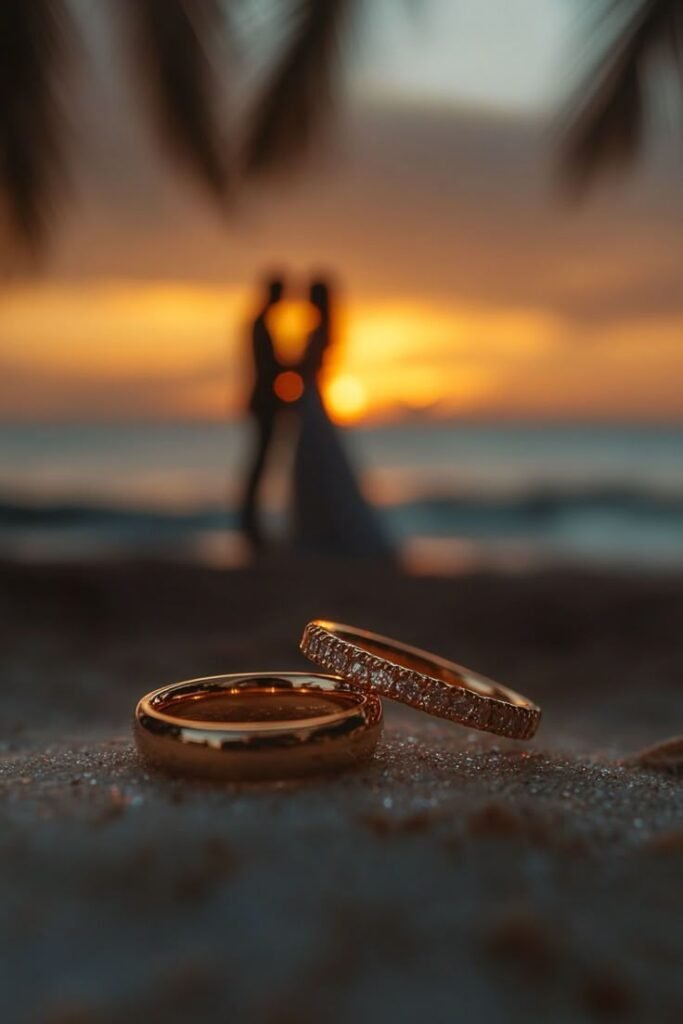
A beach wedding feels effortless yet intimate. The horizon widens every frame, wind lifts your veil or pallu just right, and golden hour does the lighting. For couples who want celebration without too much ceremony, the shore delivers. It’s also versatile: from a tiny sunrise elopement to a sundown reception with a live band, the beach adapts to your style and budget.
Best coastlines to consider
- Bentota / Beruwala: Resort clusters with private strips of beach, easy logistics, and full planning packages.
- Galle / Unawatuna / Talpe: Colonial charm nearby for portraits, chic villas, and great sunset color.
- Weligama / Mirissa: Calm bays for aisle setups, plus surfy, relaxed post-wedding brunch vibes.
- Hiriketiya / Dickwella: Intimate coves, boutique stays, and minimal-boho aesthetics.
- Passikudah / Nilaveli / Trincomalee: Glassy water on the East Coast, ideal for morning ceremonies and long, bright photo sessions.
- Kalpitiya: Sandbars and lagoons if you want something raw and adventurous.
Shortlist two regions. Visit once if you can. Watch the light from one hour before sunset to understand shadows and wind.
Date, time, and weather
- Seasonality: The South/West coasts are calmer from December–April. The East is best May–September. Shoulder months can still work with a good Plan B.
- Time of day: Aim for sunrise (romantic, cool, empty beaches) or golden hour to twilight (soft light, dramatic skies). Avoid midday heat.
- Tides and wind: Ask your venue to share tide charts and typical wind speed for your date. It affects aisle placement, sound, and décor stability.
Look and feel: effortless, not overdone
Beach style rewards restraint. Choose a focal point and let the ocean do the rest.
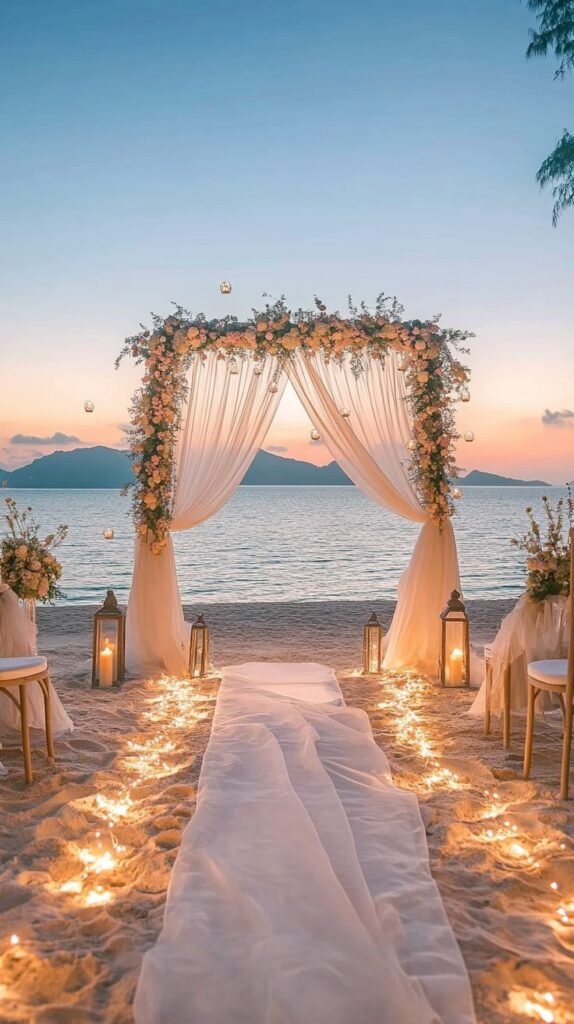
- Palette: Sand, shell, coconut, and seafoam with one accent (coral, sage, or deep blue).
- Florals: Frangipani, orchids, anthuriums, heliconia, palm leaves. Keep arrangements low-profile to handle wind.
- Aisle and arch: Lightweight draping, natural textures, stable bases. Test for gusts.
- Lighting: As day fades, add warm string lights, rattan lanterns, and candles in hurricane jars.
- Signage: Minimal acrylic or wooden signs that can be weighted.
- Sound: A compact PA with windshields on mics. Consider live acoustic or a sax for sundown.
What to wear
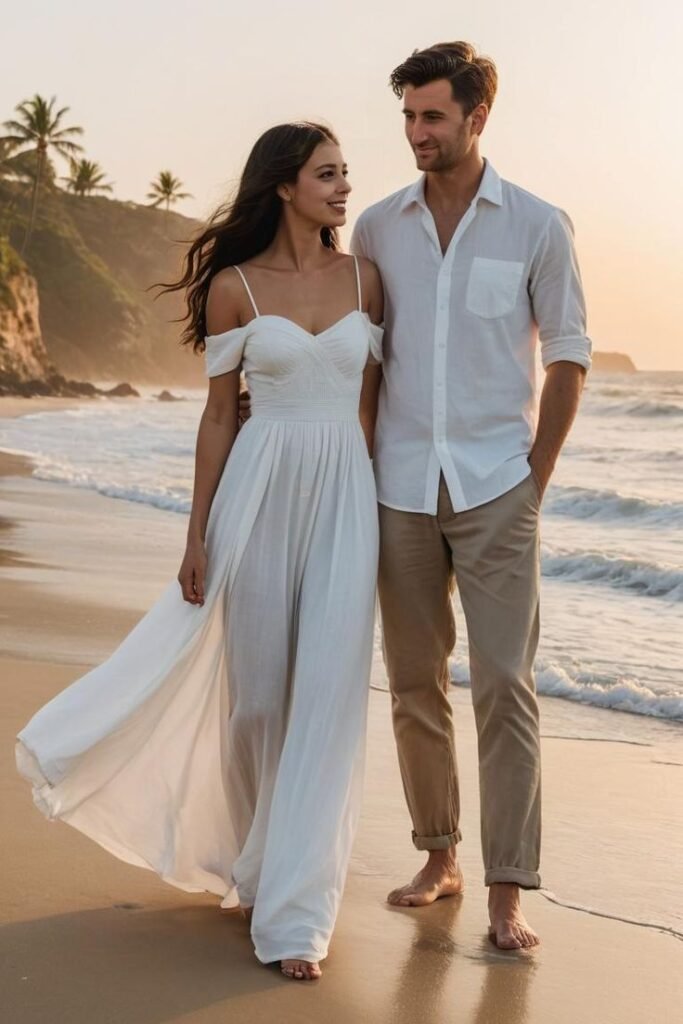
- Brides: Lightweight sarees, lace gowns, chiffon overlays, or modern Kandyan with minimal layers. Veils catch wind beautifully but secure them well.
- Grooms: Linen suits, light wool-blend for structure, or a relaxed shirt-trouser set with loafers.
- Footwear: Barefoot, sandals, or wedges. Provide a brush-off station for sand.
- Beauty: Dewy, heat-resistant makeup. Updos or half-up styles hold best in wind.
Practicalities that save the day
- Permits and privacy: Confirm permits for public beaches. Resorts and villas simplify this and offer semi-private stretches.
- Guest comfort: Shade, water, handheld fans, and a brief ceremony keep everyone happy. Add a basket with sunscreen and insect repellent.
- Accessibility: Create a stable aisle walkway for heels and older guests.
- Plan B: Always hold a covered area on standby. A tent, pavilion, or indoor hall styled to match the seaside theme keeps the mood seamless.
- Sound and power: Wind breaks for speakers, cable covers on sand, and a generator backup.
- Vendor brief: Ask your photographer about salt-spray and lens care, your decorator about tie-downs, and your planner about tide timing.
Photos that feel like the day
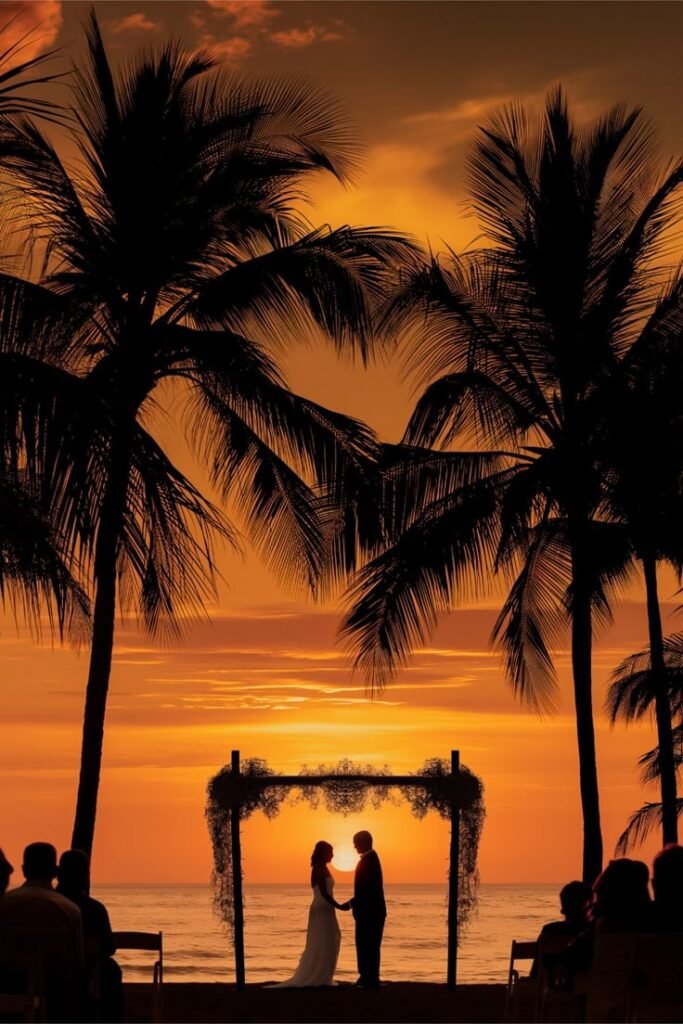
- Story flow: Start with quiet pre-ceremony moments in a breezy room. Move to first look under palms. Golden-hour vows. Couple portraits against the horizon. Blue-hour reception lights.
- Angles and texture: Footprints, lace against sand, coconut shadows, veil in the wind, reflections in tidal pools.
- Drone: A few wide passes to show coastline and crowd size. Keep it short to preserve ambience.
Food and drink
- Menu: Fresh seafood stations, citrusy salads, tropical fruits, and one indulgent comfort dish. Keep it light and flavorful.
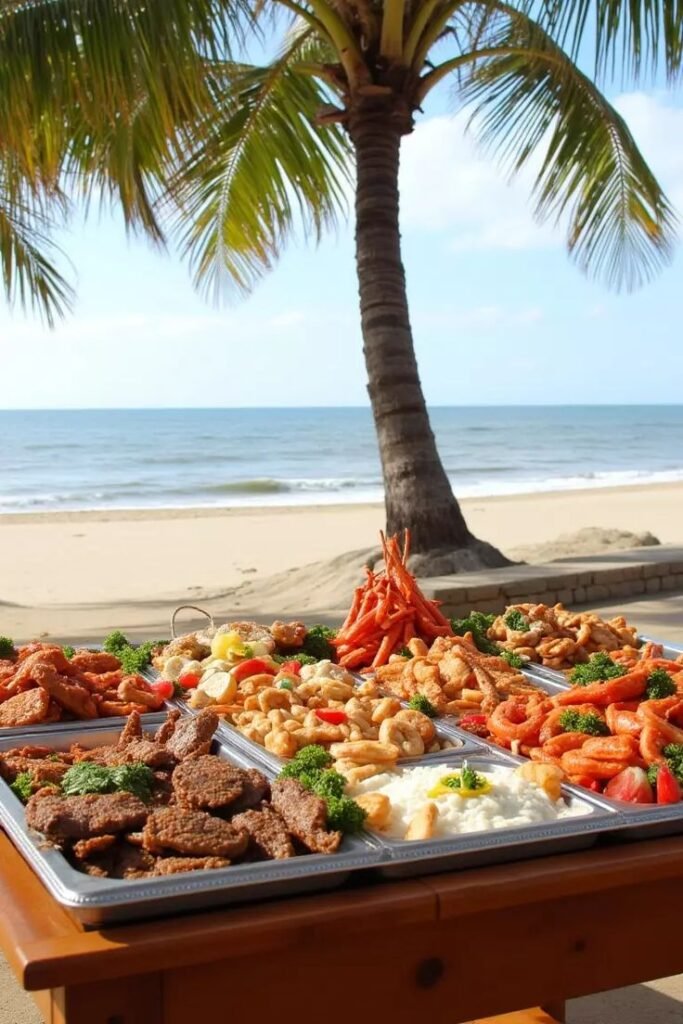
- Bar: Coconut water welcome drinks, lime and ginger coolers, then a signature cocktail at sunset.
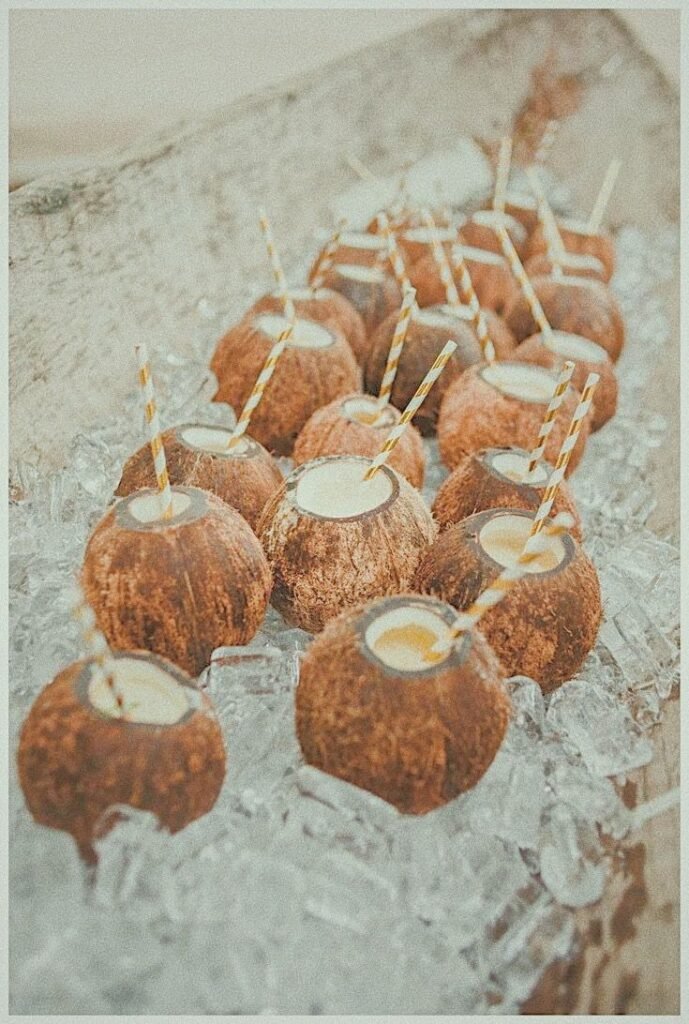
- Cake / sweets: Lighter sponges, coconut and passionfruit curds, meringue textures that suit the tropics.
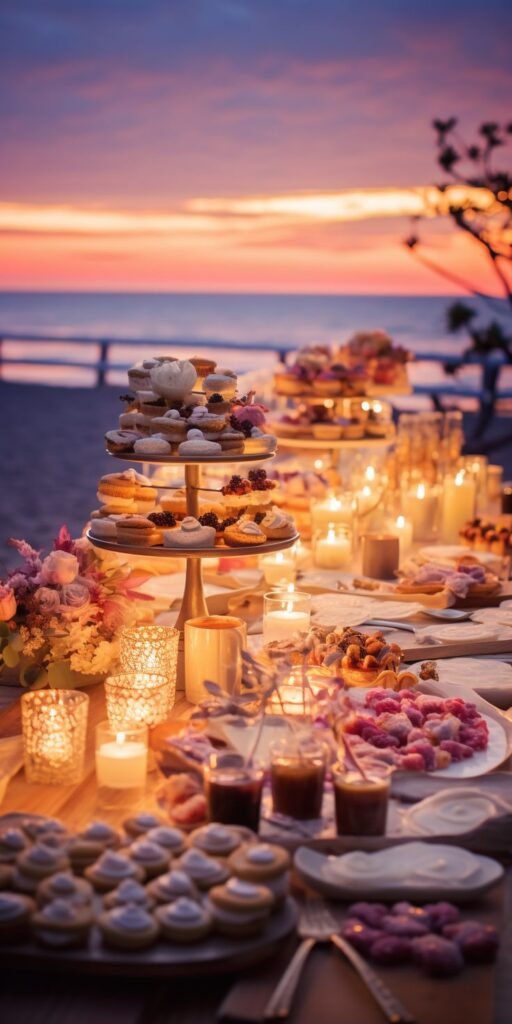
Budget levers that matter
- Venue type: Public beach + permit is cheapest but needs more coordination. Villas and boutique hotels cost more but bundle logistics and privacy.
- Guest count: Fewer guests mean better décor, food, and photography per head.
- Timing: Weekdays and shoulder season often unlock better rates.
A simple planning checklist
- Pick coast and month that match the monsoon pattern.
- Hold venue with a covered Plan B.
- Book a photographer with beach experience and a sound vendor who understands wind.
- Confirm permits, tide charts, and power plan.
- Lock styling to one clean concept. Test for wind.
- Build a 20–25 minute ceremony script and keep guests shaded and hydrated.
The after-party
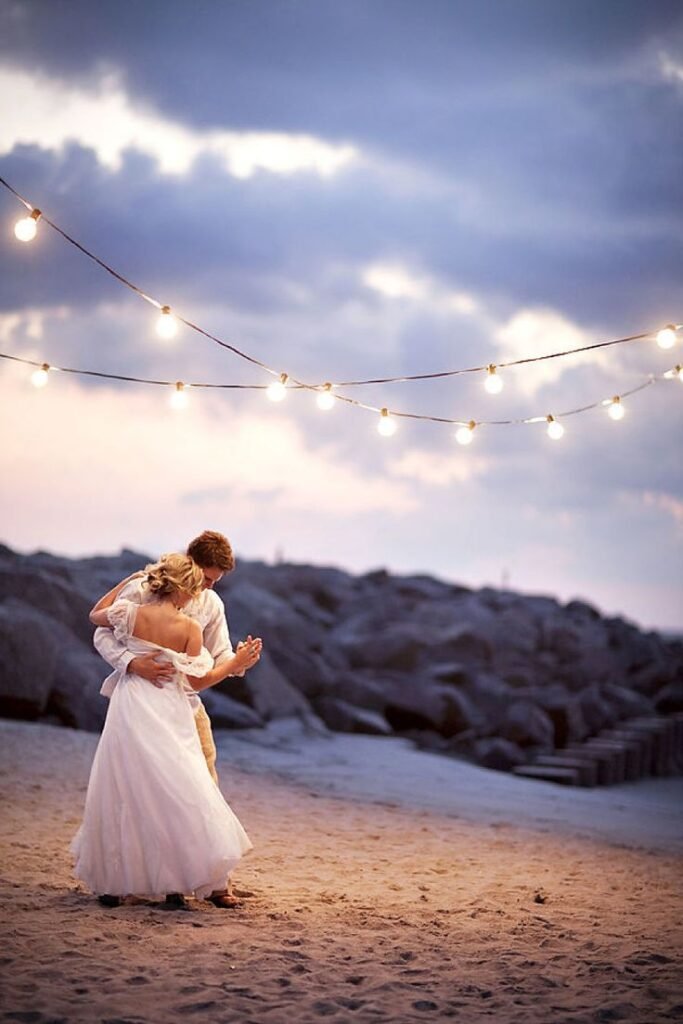
End with a barefoot first dance under string lights, a short fireworks fountain or sparkler tunnel, and a late-night snack bar. The best beach weddings feel unforced. They let nature speak while you do the important part: promise, celebrate, and slip your rings on with the ocean as witness.


